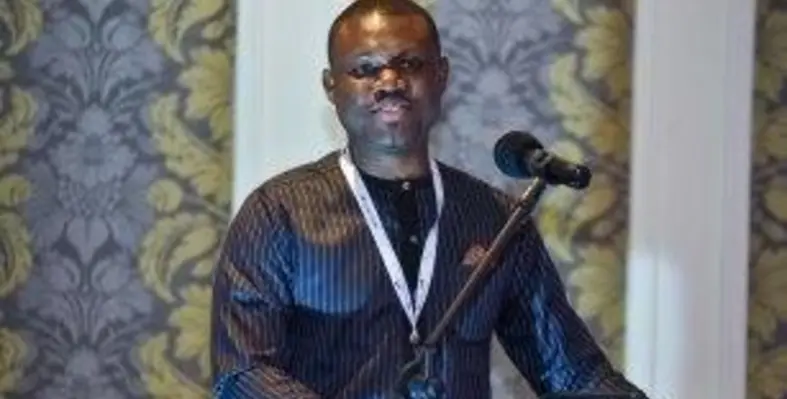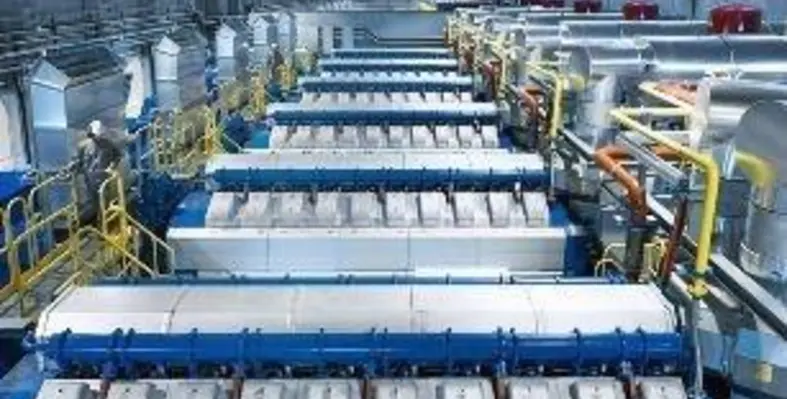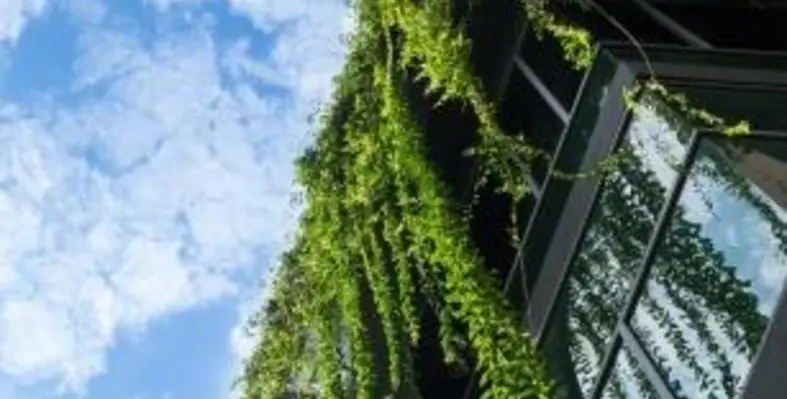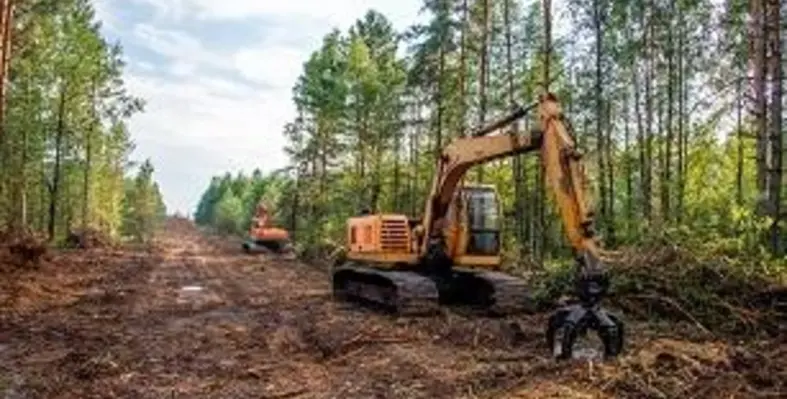
The reception unfolded into in-depth discussions centered on the digital transformation of Africa. (Image source: OSTATECH and IEC Solutions)
Ostatech Limited, one of the leading information and technology companies in Kenya, in partnership with IEC Telecom Group, an international satellite telecommunications provider, held a reception in Kenya to discuss digital transformation in Africa








